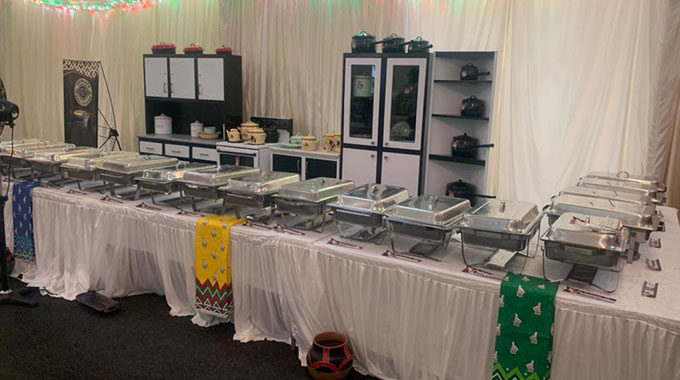Artists embrace 3D
range and evocative use of materials, transforms non-art objects and materials into art.
Sometimes the very fragility of the materials, which in some instances only precariously endure, defies the notion of art’s timelessness.
Assemblage as a concept of art-making inevitably extends to installation works and can include instances of performance art. Historically, assemblage, alongside its sister genre collage, has been a particularly 20th century Western phenomenon preferred by revolutionary artists intent on forcing the shifting of the boundaries of traditional art-making whilst also opening psychological space for socio-political agitprop and comment.
The first decade of the 21st century has seen an upsurge in multi-media assemblage in the form of large-scale installation works. Although assemblage is associated with Western art, it should be remembered that many African traditional religious and social ceremonies embrace an assemblage of objects enhanced by ritualised performance.
Globalisation has made the world more culturally interconnected. Recent readily available internet access within the country means that younger Zimbabwean artists are fully aware of the current trends within the global art world.
These artists are also possibly consciously cognisant of their own close affiliation to traditional African culture and the niceties of ritualised assemblage.
It could be mooted that the inevitable hybridisation of contemporary Zimbabwean culture, as a result of the twin pillars of imposed Western colonialism co-existing beside a strong cultural history, is the fertile ground in which one sees the recent growing interest for assemblage among young artists.
In the last decade a spiralling economic downturn has caused the decline of the Zimbabwean art market. Whereas for 20 years, post-Zimbabwean independence, artists were lured by the market place to make sculpture and paintings in the traditional manner as saleable commodities, they now appear to look more towards a local audience and domestic Zimbabwean issues as justification for their art.
That the market is no longer available has perhaps motivated Zimbabwean artists to grasp assemblage and the possibilities it offers to present art as a social and inter-personal commentary for the local viewer; but at the same time communicating the complexity of Zimbabwean issues to a wider external community.
A struggling economy and political differences impacted on all Zimbabweans. As a nation Zimbabweans are more politically aware of the socio-economic consequences of political events. A Zimbabwean audience is more receptive now to experimental art in a way it might not have been a decade ago.
The young artists who have turned to assemblage are not working to please a foreign art market. Their voices reach out to fellow Zimbabweans.
To this end the hybridity inherent in mixed-media assemblage generates a dynamic conduit of communication between artist and audience. Thus assemblage has the power within a single complex artwork to resonate with multi-layered meaning conceived by the artist and accessible to interpretation by the viewer.
Assemblages, particularly on a large scale, require not only a receptive viewing public but also a suitable exhibition space. Large scale assemblage is not easily marketable and as such is not usually of interest to a commercial gallery that relies on sales of art works for its existence.
The policy of the National Gallery of Zimbabwe in Harare to actively encourage experimental art forms has played a major role in the renewed interest in assemblage by younger artists. Added to the National Gallery’s exhibition policy is the opportunity offered by the open plan space, clean lines and neutrality of the architecture of the Gallery.
The modernist, interactive spatial properties of the building itself provide a sympathetic environment for the genre of assemblage and installation. There is also a precedent set by older established Zimbabwean artists who have in the past exhibited socio-politically motivated assemblages at the National Gallery, some as early as the 1980s.
These include Tapfuma Gutsa. Berry Bickle, Gillian Rosselli, Chiko Chazanguza and Voti Thebe. The younger artists who should be mentioned here are Virginia Chihota, Masimba Hwati and Gareth Nyandoro, whose multimedia assemblages evidence a contemporary response to aspects of a hybrid society in a state of flux.
l Pip Curling is a teacher, artist and writer who has contributed to various journals and catalogues on Zimbabwean art. A former Curator of the National Gallery of Zimbabwe from 2000-2002.











Comments